On September 9, Professor - Doctor Pham Nhu Hiep, Director of Hue Central Hospital, said that for the first time in Vietnam, doctors of Hue Central Hospital successfully performed a Thalassemia bone marrow transplant for a child patient from the mother's bone marrow but with incompatible blood types.

Child patient VQC (6 years old, from Bac Ninh ) with leaders and bone marrow transplant team of Hue Central Hospital on the day of discharge
PHOTO: THUONG HIEN
VQC (6 years old, from Bac Ninh) was diagnosed with Beta-Thalassaemia at the age of 6 months and had to be hospitalized for monthly blood transfusions. After hearing about the successful Thalassemia bone marrow transplants at Hue Central Hospital, his family took him to Hue to request a bone marrow transplant.
At Hue Central Hospital, after HLA testing, the child was compatible with HLA 11/12 with his biological mother. The hospital's board of directors held a consultation meeting with departments, centers in the hospital, and experts from Italy to plan a transplant for the child. The bone marrow transplant was performed on August 11.
"This is a special transplant because of the mother-child blood type incompatibility. The baby has blood type A, and the mother has blood type AB. Previously, in Vietnam, for cases with blood type incompatibility, red blood cells would be separated after collecting bone marrow stem cells or peripheral blood. Some hospitals would use Rituximab. But at Hue Central Hospital, a new technique has been applied, immune tolerance by transfusing the donor's blood type into the recipient's body with increasing volume. Along with the blood transfusion, the patient also received multiple intravenous fluids and anti-allergy drugs.

Bone marrow transplant team at Hue Central Hospital
PHOTO: THUONG HIEN
After 4 days of transfusion of the recipient's blood type, the patient will be tested for antibody titers to decide the next step. If the antibody titer is less than 1/32 of the donor's stem cell collection date, it will be infused into the recipient's body without red blood cell separation. Only when the antibody titer is greater than or equal to 1/32, will red blood cells have to be separated from the stem cell bag. This method is less expensive and has the advantage of preserving the patient's stem cells. This is the third thalassemia allogeneic bone marrow transplant with blood type incompatibility.
In addition, this is the first Thalassemia bone marrow transplant in Vietnam with bone marrow taken from the mother. According to statistics, 20% of siblings in the family have HLA compatibility. However, only 5% of children will have HLA compatibility with their father or mother. For cases of Thalassemia bone marrow transplant with donors from parents, a different conditioning regimen will be used compared to bone marrow taken from siblings," said Professor Pham Nhu Hiep.
Opening up many bone marrow transplant opportunities for children with serious illnesses
After the transplant, the patient gradually improved, platelets and granulocytes recovered on days 20 and 24. On September 8, the 28th day after the transplant, C.'s health recovered well and he was discharged from the hospital.
Thalassemia is a common genetic hematological disease, with approximately 2,000 - 2,500 children in Vietnam diagnosed with the severe form each year. Children with the disease must undergo lifelong treatment with blood transfusions and iron excretion, leaving many complications in the heart, liver, kidneys, endocrine system, bones, and physical and mental development. Children's lives are closely tied to the hospital, becoming a burden for their families and society.

The medical staff of Hue Central Hospital were delighted to hear the report of the successful results of the bone marrow transplant from a mother with incompatible blood types.
PHOTO: THUONG HIEN
"Currently, with the modern equipment system invested, the hospital can perform transplants on 4 children at the same time. And in the very near future, the hospital will conduct half-matched transplants for children with Thalassemia but do not have complete HLA compatibility with their siblings and parents, expanding the opportunity for a healthy life for more Thalassemia children, especially in cases where there were previously no radical treatment options, bringing great hope to families and the community," Professor Pham Nhu Hiep added.
Source: https://thanhnien.vn/lan-dau-tien-ghep-tuy-thanh-cong-tu-me-ruot-bat-dong-nhom-mau-185250909174401208.htm




![[Photo] Binh Trieu 1 Bridge has been completed, raised by 1.1m, and will open to traffic at the end of November.](https://vphoto.vietnam.vn/thumb/1200x675/vietnam/resource/IMAGE/2025/10/2/a6549e2a3b5848a1ba76a1ded6141fae)





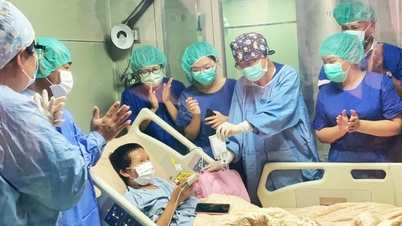
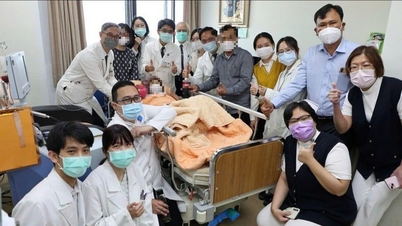



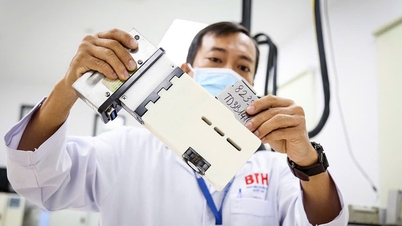


![[Video] Ministry of Health issues document to rectify medical examination and treatment work](https://vphoto.vietnam.vn/thumb/402x226/vietnam/resource/IMAGE/2025/10/2/54913f30a9934e18bcbb246c2c85f11d)

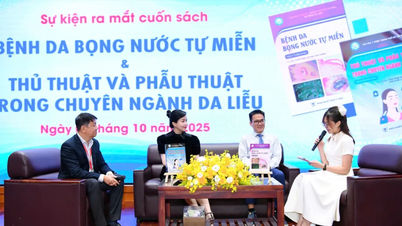

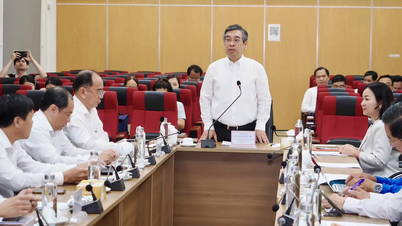
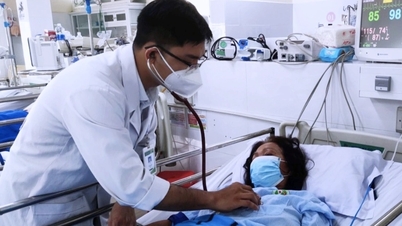
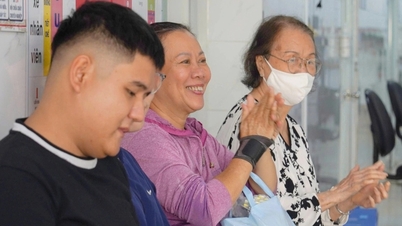
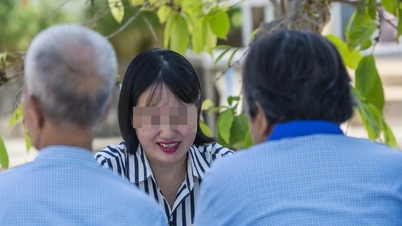




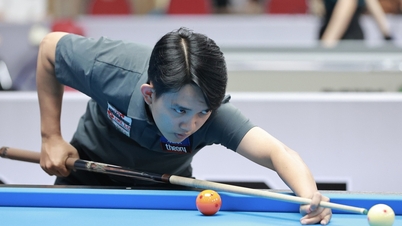

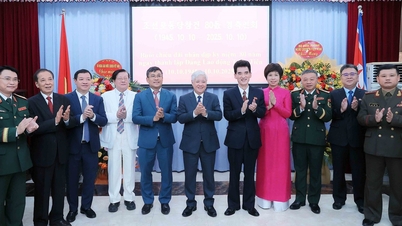
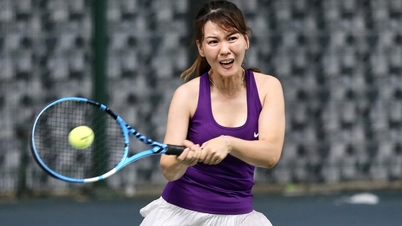
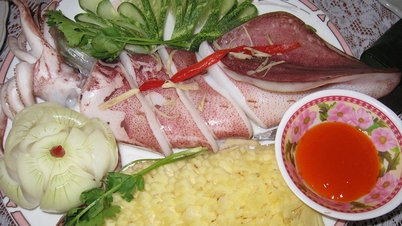

































































Comment (0)